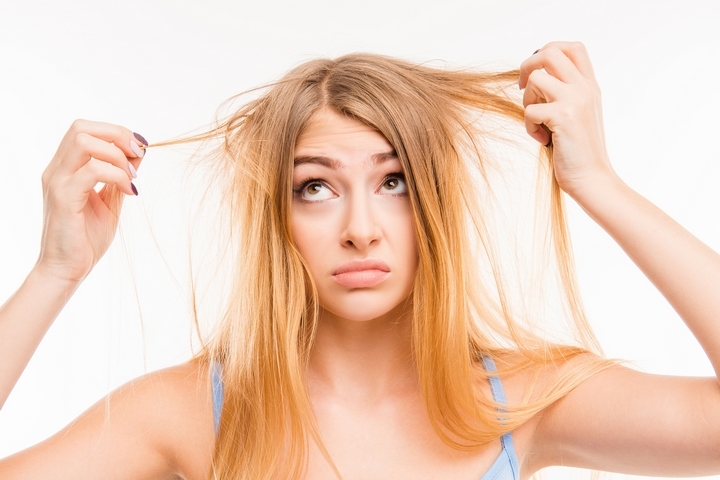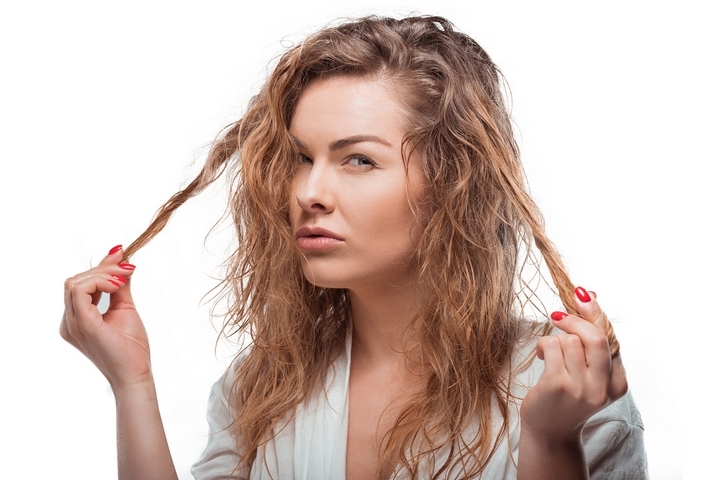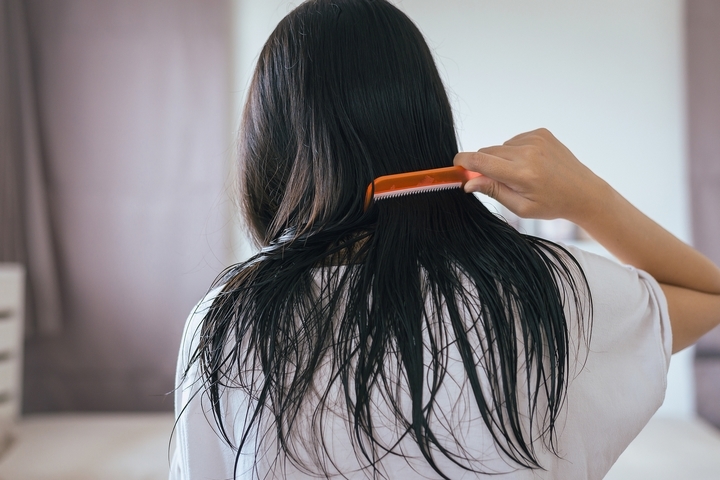Tangled hair is never a fun experience. I have personally experienced walking in the wind while running my hand through my hair, only to find my fingers getting caught in knots throughout— definitely frustrating. Hair tangling is a problem many people experience, regardless of hair type or texture. Tangled hair can be frustrating, to say the least, difficult to manage, and can lead to breakage or damage if not handled properly.
It can be caused by various factors, such as lack of moisture, damage to the hair cuticle, lack of proper detangling, using the wrong brush or comb, environmental factors, and certain hairstyles. To prevent hair tangling, it is important to maintain the moisture balance, properly detangle your hair, use the right brush or comb for your hair type, and be gentle when detangling.
Luckily for you, we will explore some common causes of hair tangling and provide tips on preventing and managing tangled hair! Here are the reasons that cause hair to tangle:
Lack of moisture

Dry hair is more prone to tangling and breakage— split ends, who? When hair is dry, the cuticles (the outer layer) become raised, making it more difficult for the hair to glide smoothly over itself. This can lead to tangling and snagging, which can cause damage to the hair.
To prevent hair tangling, it is important to maintain the moisture balance in your hair. This can be achieved by using a moisturizing shampoo and conditioner, a leave-in conditioner, and applying a hair oil or serum to the ends of your hair!
Damage to the hair cuticle

The hair cuticle is the protective outer layer of the hair strand. When the cuticle is damaged, the hair becomes more prone to tangling and breakage.
Various factors, including chemical treatments, heat styling, and environmental damage, can cause damage to the cuticle. You should seek professional treatments at a hair salon to restore the damaged hair.
3. Lack of proper detangling

Many people are guilty of not properly detangling their hair before washing or styling— myself included! This can lead to tangling and matting, which can be difficult to remove and can cause damage to the hair. Detangling hair can be challenging, but with the right techniques and tools, it can be done easily and without all the crying and screaming. Wait, is that just me?
To detangle your hair, start with wet hair: Hair is more elastic and less prone to breakage when wet, so it’s best to detangle your hair after washing it or spritzing it with water. Ensure you use a wide-tooth comb or a detangling brush, as they are best for detangling hair because the teeth or bristles are widely spaced. However, we will discuss this in greater detail in the following section.
A leave-in conditioner or hair oil can make detangling easier and less damaging. These products can help to lubricate the hair, making it easier to work through tangles.
Using the wrong brush or comb

Unsurprisingly, using the wrong brush or comb can cause tangling and breakage. For example, using a brush with metal bristles on wet hair can cause damage, while using a comb with wide teeth on curly hair can cause tangling and matting. You also want to avoid combs with sharp edges as they can cause damage to the hair and scalp.
Instead, opt for a comb with rounded or smoothed edges. Know that a comb or brush depends on your hair, your head’s shape, and your hair’s length. A brush or comb that is too large for your hair will be difficult to maneuver and can cause tangling. Similarly, a brush or comb that is too small will not be able to detangle all the hair.
Environmental factors

We’ve all been there: wind blowing, hair knotting. Environmental factors such as wind, humidity, and pollution can cause tangling and damage to the hair. Wind can cause tangling by blowing the hair around and causing it to knot. This is especially true for people with long hair or those who have hair that is naturally prone to tangling.
High humidity, however, can cause hair to absorb moisture from the air, leading to frizz and tangling. This is because the hair swells, causing the cuticle to lift, making it more prone to tangling. If you have ever swam in a public pool, you know that exposure to salt water and chlorine can cause damage to the hair cuticle, making it more prone to tangling. Salt water and chlorine can also cause dryness, leading to tangling.
Certain hairstyles

Certain hairstyles, such as tight braids or ponytails, can cause tangling and damage to the hair. The constant pulling and tension can cause the hair to become matted and tangled, leading to breakage and damage.
